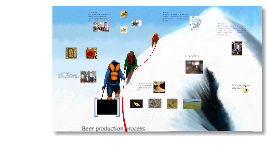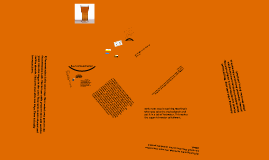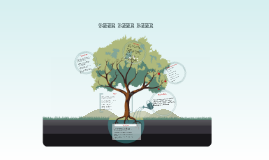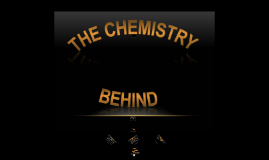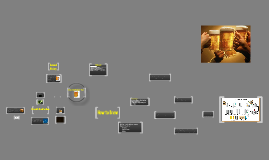Beer
Transcript: Materials Used for Beer Cereal Grains Highest quality Barley, corn, rice 35 pounds (16 kg) of barley malt and 15 pounds (7 kg) of grain are used to make each 31-gallon barrel. http://www.beer100.com/images/beermug.jpg http://www.mainbrew.com/media/barleygrain.jpg http://img.ehowcdn.com/article-page-main/ehow/images/a04/sm/gk/brewers-yeast-skin-benefits-800x800.jpg http://cms.grantvillegazette.com/upload/GG%2017%20art/Grains.jpg http://www.brendajwiley.com/images/general/nutritional_yeast_up_close_lg.jpg http://api.ning.com/files/o0kTJNtjsKrNJbGKfhxgCqkWwUC7DxO*ZQhBo8inG*KdpW3nHed7-V5N26K7kF7mUMMfce5TsMzjXv7GuheVHBqDWtcrI5Lg/hops21.jpg http://www.thebeerstore.ca/sites/default/files/styles/page_list_thumb/public/page-items/images/brewing-process-water.jpg http://2.bp.blogspot.com/-sV8Tb1V-wkw/TZqqiZnwqdI/AAAAAAAAACk/WiTEaQ85-ns/s1600/large_hops1.jpg General History How to Brew Hops Flower clusters, a form of cultivated perennial hemp Pure Water Important as an ingrediant and maintain the cleanliness of the brewing equipment Boiling The boiling process serves to terminate enzymatic processes, precipitate proteins, isomerize hop resins, and concentrate and sterilize the wort. (liquid after mashing) Steps to brew: malting, milling mashing, lautering, boiling, fermenting, conditioning/racking, filtering and packaging. Malting can be broken down to three main stages: Steeping Germination Kilning Conditioning Bibliography Filtering Mashing! This process converts the starches released during the malting stage, into sugars that can be fermented. Carbonation Brewer's Yeast Reduce sugars to alcohol Type of fungi After the wort goes through the heat exchanger, the cooled wort goes into a fermentation tank. A type of yeast is selected and added, or "pitched", to the fermentation tank. When the yeast is added to the wort, the fermenting process begins, where the sugars turn into alcohol, carbon dioxide and other components. Milling: Grains are cracked to make water absorption and sugar extraction from the malt easier. Fermented Product - Beer Seems to stern from the Celtic word "beor" Brewed for centuries Evolved from a cottage craft into a modern industry First occured around 7000 B.C., Mesopotamia Immigration spread beer around the world from the European market






